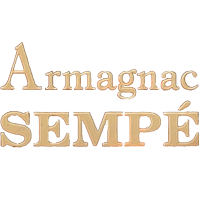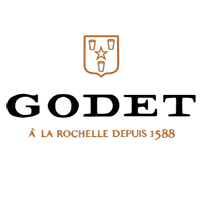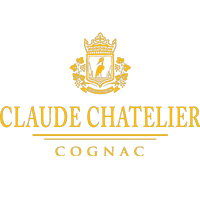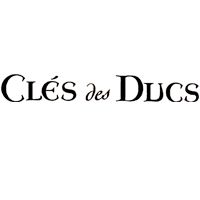Cognac
Home / Category / Cognac
The name "cognac" comes from the name of the town and the district of Cognac. The drink itself was most probably invented by the Armenians, and only a few centuries later it reached France. The name cognac was first used in the 17th century for a distillate called "burnt wine" (French for "vin brule", English "brandy") and produced near the town of Cognac, in the Charente region (eaux-de-vie - "water of life" "Du Cognac). Today it is a name reserved only for the area of this region, with the only exception being Ararat, an excellent quality Armenian brandy that may use the name cognac.
Due to age, cognacs are marked with the codes: V.S. (Very Special) - from 2 to 5 years; V.S.O.P. (Very Superior Old Pale) - from 4 to 9 years old; Napoleon - from 6 years up; X.O. (Extra Old) - the oldest of the "basic" ones, they contain distillates from 10 to even 50 years old. There are also vintage cognacs, where the year indicated on the bottle is the age of the youngest of the distillates, as well as special, old and very rare cognacs, of course all above the X.O.
Armaniak is called the "older brother of cognac", a bit sharper and more distinct in taste. It is the oldest high-percentage alcohol made from grapes (the first mentions of the trade in this wine come from the 15th century). The name comes from the Armagnac region located in Gascony. The grapevines used to produce armagnac are grown in 3 appellations: Bas-Armagnac (the best), Tenareze, Haut-Armagnac; besides, since 2005, unaged armagnac (so-called Blanche) has its own, separate appeal. As for grape varieties, 10 white varieties are allowed, of which 4 are the most important. They are: Ugni Blanc, Folle Blanche, Colombard, Baco Blanc.
The production process of armagnac is similar to that of cognac. Fermentation of grapes is natural and continuous distillation takes place in copper stills, but in the case of armagnac it is usually only one distillation. Then the armagnac is matured in old oak, and it is blended / assembled just before bottling.
Due to their age, armagnacs are marked similarly to cognacs (V.S., V.S.O.P., Napoleon, X.O.), while the mentioned ones are slightly younger than their cognac counterparts. Regardless of this, the producers of armagnacs fill a niche not fully used by cognac producers - they bottle armagnacs with an age indication, e.g. 10-year-old (where the youngest distillate is 10 years old) and lots of vintage versions, especially very old ones, appreciated by connoisseurs (50 years and older). It is worth remembering that the year specified on the armagnac label is always the year of the grape harvest.
In our portfolio you will find several dozen cognacs from more or less well-known producers, almost in all possible classes. The same applies to armagnacs, among which we have many versions, each shown with a specific year. We invite you to familiarize yourself with our offer!



